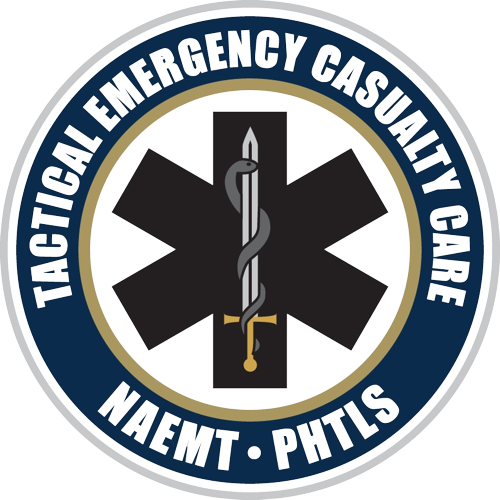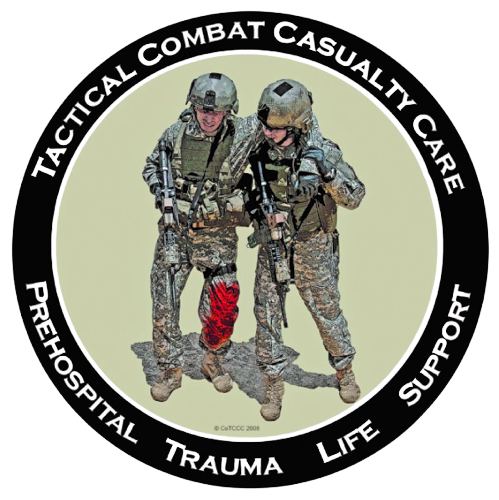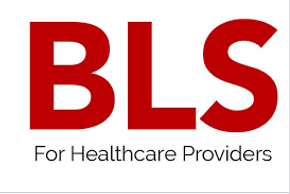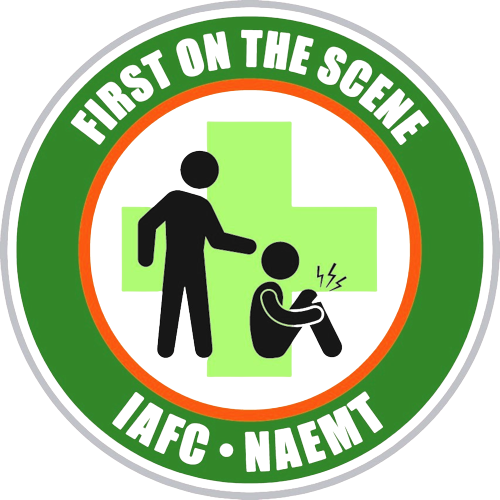Our Courses

Tactical Emergency Casualty Care (TECC)
The course presents the three phases of tactical care and
integrates parallel EMS/NFPA nomenclature:
- Hot Zone/Direct Threat Care that is rendered while under attack or in adverse conditions
- Warm Zone/Indirect Threat Care that is rendered while the threat has been suppressed but may resurface
- Cold Zone/Evacuation Care that is rendered while the casualty is being evacuated from the incident site

TACTICAL COMBAT CASUALTY CARE (TCCC)
TACTICAL COMBAT CASUALTY CARE COMBAT MEDIC/CORPSMAN (TCCC-CMC) course is a 16-hour dynamic training course developed for military medical personnel (Tier 3) including medics, corpsmen, and pararescue personnel deploying in support of combat operations. Following the latest guidelines published by the Committee of Tactical Combat Casualty Care, students will be exposed to a blend of classroom didactic lectures, hand-on skills training and culminates in a high-fidelity scenario based simulations exercise that encompass the three phases of Tactical Combat Casualty Care: Care Under Fire, Tactical Field Care, and Tactical Evacuation

Tactical emergency casualty care for Law Enforcement Officers and First Responders (TECC-LEO)
An 8-hour classroom course specifically designed for law enforcement officers and other non-EMS first responders. The course covers materials found in the 16-hour TECC provider course at a level appropriate for first responders. It includes 8 hours of content, which includes interactive lectures, skill stations, and patient simulations. Upon successful completion of the course, students receive a certificate of completion, a wallet card recognizing them as a TECC-LEO provider for 4 years, and 8 hours of CAPCE credit for qualified participants.

BASIC LIFE SUPPORT (BLS)
The AHA’s BLS Course is designed for healthcare professionals and other personnel who need to know how to perform CPR and other basic cardiovascular life support skills in a wide variety of in-facility and prehospital settings.
- High-quality CPR for adults, children, and infants
- The AHA Chain of Survival, specifically the BLS components
- Important early use of an AED
- Effective ventilations using a barrier device
- Importance of teams in multi-rescuer resuscitation and performance as an effective team member during multi-rescuer CPR
- Relief of foreign-body airway obstruction (choking) for adults and infants

FIRST ON THE SCENE COURSE (FOTS+)
This is a 6‐hour course that goes beyond the lessons of STOP THE BLEED® and first aid. Through presentations and hands‐on skill stations, participants will learn how to access help in the event of a life‐threatening emergency and what to do until Emergency Medical Services arrives.

ALL HAZARDS DISASTER RESPONSE (AHDR)
The All Hazards Disaster Response (AHDR) course prepares students how to respond to the many types of disaster scenarios they may encounter, including natural disasters, infrastructure collapse, fires and radiological events, pandemics, active shooter incidents, and other mass casualty events. Content is presented in the context of realistic scenarios, culminating with a large‐scale mass casualty activity.

PREHOSPITAL TRAUMA LIFE SUPPORT (PHTLS)
The primary objective of Prehospital Trauma Life Support (PHTLS) is to advance the quality of trauma patient management by all providers involved in pre-hospital care. PHTLS instils critical thinking as the foundation for delivering high-quality care based on the belief that EMS practitioners can make rational decisions about patient care with a sound understanding of fundamental knowledge and principles.

advanced medical life support (amls)
In AMLS, students learn to recognize and manage common medical crises through realistic case-based scenarios that challenge students to apply their knowledge to highly critical patients. The course emphasizes the use of scene size-up, first impression, history, interactive group discussion on differential diagnosis and potential treatment strategies, and physical exam to systematically rule out and consider possibilities and probabilities in treating patients’ medical crises. The third edition AMLS library of patient simulations offers students an opportunity to apply critical thinking skills to a variety of patient presentations.
Contact our team today with any questions you may have about your courses: Email: hq@dirigoready.com
